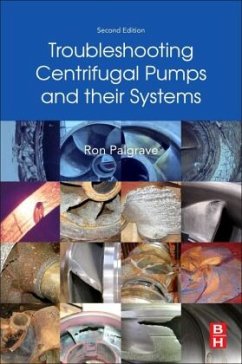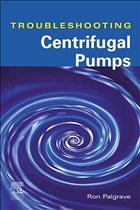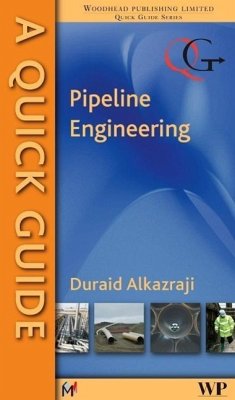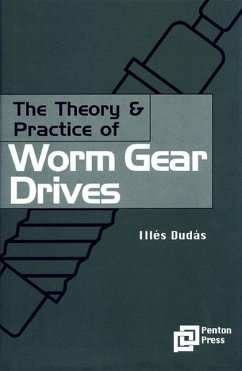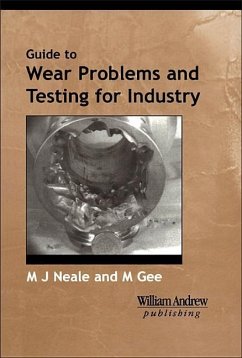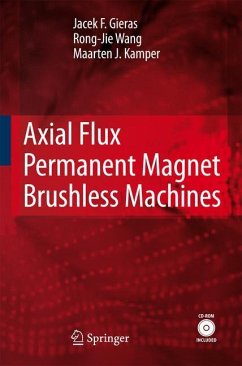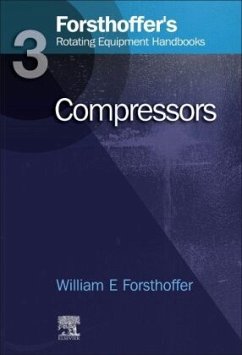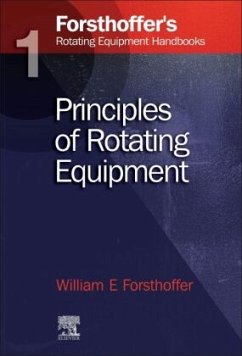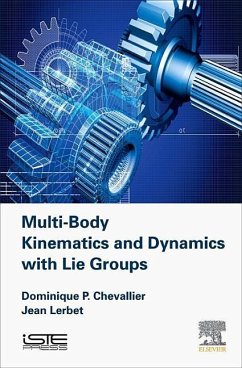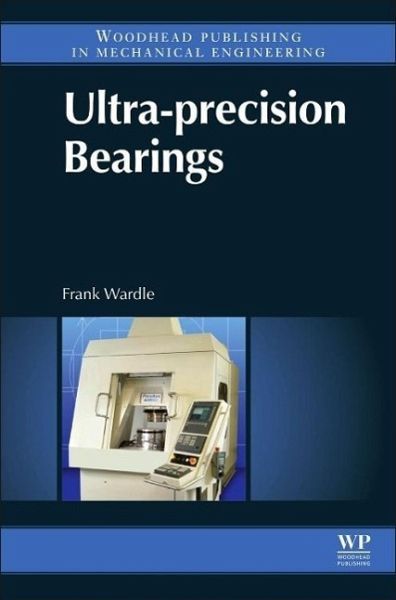
Ultra-Precision Bearings

PAYBACK Punkte
56 °P sammeln!
Ultra-precision bearings can achieve extreme accuracy of rotation, making them ideal for use in numerous applications across a variety of fields, including hard disk drives, roundness measuring machines and optical scanners. Ultraprecision Bearings provides a detailed review of the different types of bearing and their properties, as well as an analysis of the factors that influence motion error, stiffness and damping. Following an introduction to basic principles of motion error, each chapter of the book is then devoted to the basic principles and properties of a specific type of bearing: ball...
Ultra-precision bearings can achieve extreme accuracy of rotation, making them ideal for use in numerous applications across a variety of fields, including hard disk drives, roundness measuring machines and optical scanners. Ultraprecision Bearings provides a detailed review of the different types of bearing and their properties, as well as an analysis of the factors that influence motion error, stiffness and damping. Following an introduction to basic principles of motion error, each chapter of the book is then devoted to the basic principles and properties of a specific type of bearing: ball, hydrodynamic, aerodynamic, hydrostatic and aerostatic. The book concludes with a comparison of these types of bearing and their applications.




